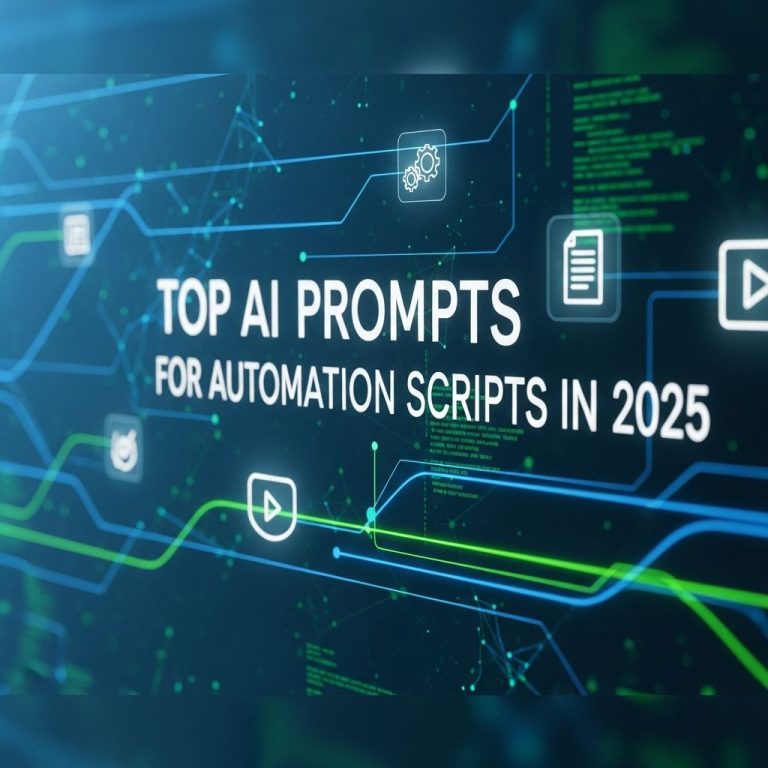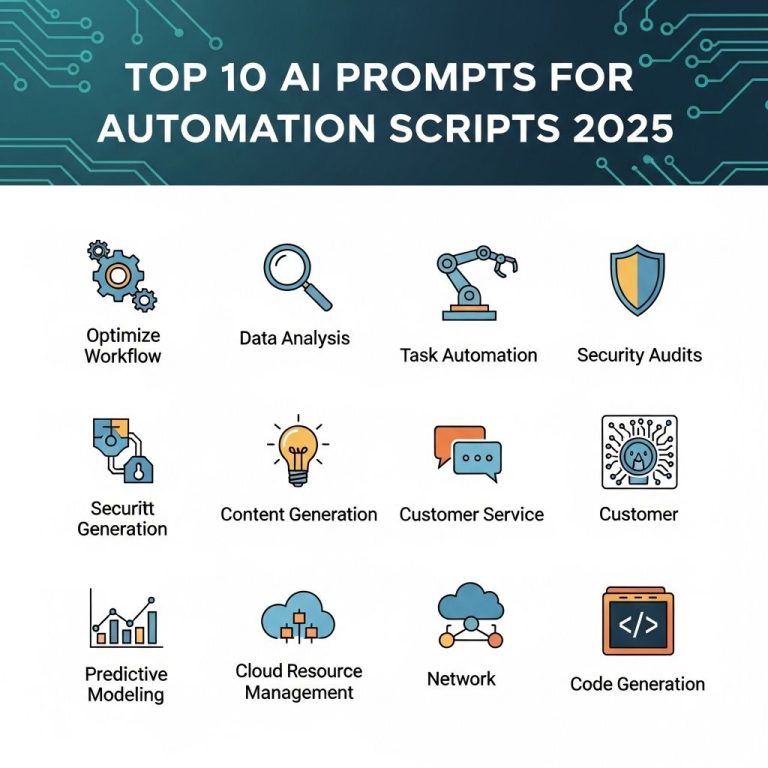In today’s fast-paced manufacturing environment, the integration of advanced technologies is vital for maintaining high standards of quality control. One of the most transformative technologies in this area is computer vision, an artificial intelligence (AI) capability that enables machines to interpret and make decisions based on visual data. This article explores how computer vision enhances quality control processes, its applications in various industries, and the future of this technology in manufacturing.
Understanding Computer Vision
Computer vision is a field of artificial intelligence that focuses on enabling computers to understand and interpret visual information from the world. This technology mimics the human ability to see and comprehend what is in front of them, but with increased accuracy and speed. Here are some essential components of computer vision:
- Image Processing: The first step in computer vision involves capturing images and preparing them through processes like filtering, resizing, and enhancing.
- Feature Detection: Identifying key features within an image, such as edges, corners, or specific patterns.
- Object Recognition: Classifying detected features into known categories, such as identifying a defect or classifying a product.
- Machine Learning: Utilizing algorithms to improve the accuracy of recognition tasks based on collected data.
How Computer Vision Improves Quality Control
Implementing computer vision in quality control enhances accuracy, efficiency, and reliability. Here’s a breakdown of how it brings value:
1. Increased Accuracy
Computer vision systems perform inspections with a level of precision unattainable by human inspectors. For instance, they can detect minute defects in materials that may go unnoticed during manual inspections. This high accuracy leads to:
- Reduced error rates in product validation.
- Lower chances of defective products reaching the market.
- Consistent quality across all production batches.
2. Enhanced Speed
Automation of visual inspections allows for processes to be completed at a fraction of the time compared to human inspection. As a result:
- Production lines can maintain higher throughput.
- Quick feedback loops can be established for immediate corrective actions.
3. Cost-Effectiveness
Initial investments in computer vision technology can lead to significant long-term savings:
- Reduced labor costs as fewer personnel are needed for inspection tasks.
- Decreased waste from defective products.
- Lower costs related to product returns and customer complaints.
Applications of Computer Vision in Quality Control
Different industries leverage computer vision for quality control, each with unique requirements and challenges. Here’s how various sectors utilize this technology:
1. Manufacturing
In manufacturing, computer vision is used to inspect products for defects, ensuring that only items that meet quality standards move through to the next stage. Common applications include:
| Application | Description |
|---|---|
| Surface Inspection | Detects surface defects such as scratches, dents, or discoloration. |
| Dimensional Measurement | Ensures products meet specified dimensions and tolerances. |
| Assembly Verification | Confirms the correct assembly of components within a product. |
2. Food and Beverage
Quality control in the food and beverage industry focuses heavily on ensuring product safety and compliance with standards. Computer vision applications include:
- Detecting foreign objects in food products.
- Ensuring packaging integrity (e.g., seals and expiration dates).
- Monitoring portion sizes and product weight.
3. Pharmaceuticals
In the pharmaceutical industry, strict regulations require high-quality standards. Computer vision aids in:
- Checking for contamination in packaging.
- Verifying label accuracy and legibility.
- Inspecting pill shapes and colors to ensure conformity.
Challenges and Considerations
Despite its advantages, implementing computer vision for quality control comes with challenges:
1. Initial Investment and Infrastructure
The upfront costs of computer vision systems can be substantial, covering hardware, software, installation, and maintenance. Companies must also invest in suitable infrastructure to support these systems.
2. Data Quality and Training
Computer vision systems depend heavily on data quality. Poor quality or insufficient training data can lead to inaccuracies. Organizations must ensure:
- High-quality images for training models.
- Regular updates to machine learning models based on new data.
3. Resistance to Change
Employees may be resistant to adopting new technologies. Effective change management strategies, including training and demonstrating benefits, are crucial for successful implementation.
The Future of Computer Vision in Quality Control
The future of computer vision in quality control looks promising, with advancements expected to improve the capabilities and efficiency of these systems. Emerging trends include:
1. Integration with IoT
As the Internet of Things (IoT) expands, integrating computer vision with IoT devices can provide real-time monitoring and data analysis, leading to more informed decision-making.
2. Autonomous Quality Control Systems
Future advancements may lead to fully autonomous quality control systems capable of making real-time adjustments to production processes based on visual inspections.
3. Enhanced Machine Learning Algorithms
As machine learning continues to evolve, improvements in algorithms will enhance the accuracy and efficiency of computer vision systems, reducing the need for human intervention.
Conclusion
Computer vision is revolutionizing quality control across various industries by providing enhanced accuracy, speed, and cost-effectiveness. As technology continues to evolve, companies that adopt these advanced systems will likely gain a competitive edge in the market. The key to successful implementation lies in overcoming initial challenges and investing in the right infrastructure and training to harness the full potential of computer vision.
FAQ
What is computer vision in quality control?
Computer vision in quality control refers to the use of automated systems that utilize image processing and analysis to inspect products for defects, ensuring they meet quality standards.
How does computer vision improve quality control processes?
Computer vision enhances quality control by increasing inspection speed, accuracy, and consistency, allowing for real-time monitoring and reducing human error.
What industries benefit from using computer vision for quality control?
Industries such as manufacturing, pharmaceuticals, food and beverage, and automotive benefit significantly from implementing computer vision in their quality control processes.
Can computer vision detect all types of defects?
While computer vision can effectively detect many types of defects, its effectiveness depends on the complexity of the defect, the quality of the imaging technology, and the training of the machine learning models used.
What are the challenges of implementing computer vision in quality control?
Challenges include the initial cost of technology, the need for high-quality training data, integration with existing systems, and the requirement for ongoing maintenance and updates.
Is computer vision a cost-effective solution for quality control?
Yes, while the upfront investment may be significant, computer vision can lead to long-term savings by reducing waste, improving product quality, and increasing operational efficiency.




